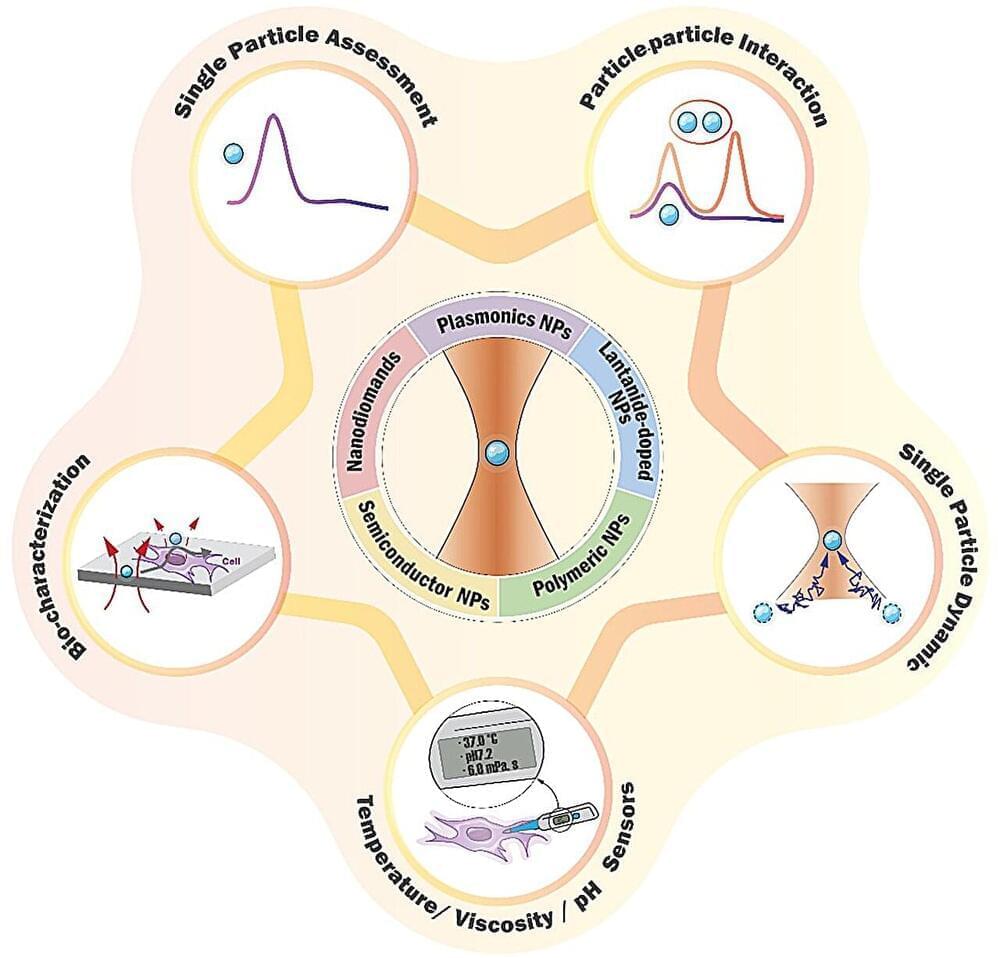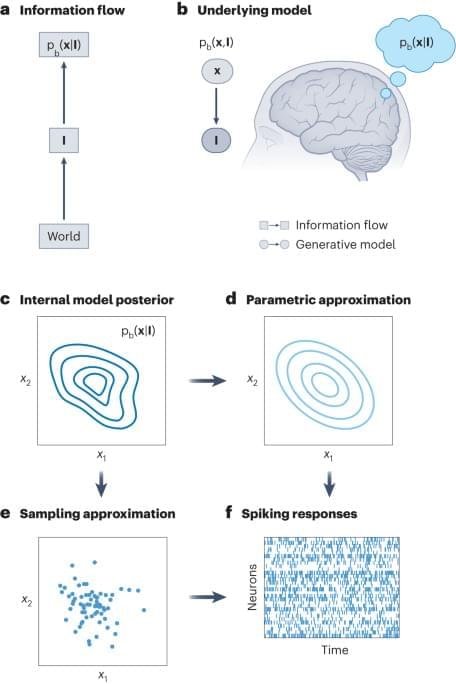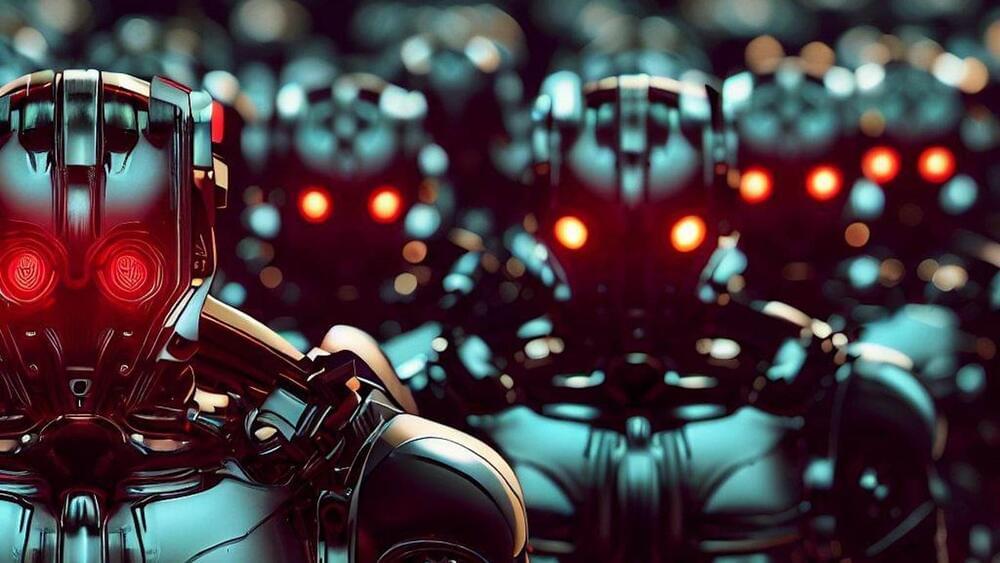A new article published in Opto-Electronic Science reviews the fundamentals and applications of optically trapped optical nanoparticles. Optical nanoparticles are one of the key elements of photonics. They not only allow optical imaging of a plethora of systems (from cells to microelectronics), but also behave as highly sensitive remote sensors.
The success of optical tweezers in isolating and manipulating individual optical nanoparticles has been recently demonstrated. This has opened the door to high-resolution, single-particle scanning and sensing.
The most relevant results in the quickly growing fields of optical trapping of individual optical nanoparticles are summarized by this article. According to different materials and their optical properties, the optical nanoparticles are classified into five families: plasmonic nanoparticles, lanthanide-doped nanoparticles, polymeric nanoparticles, semiconductor nanoparticles, and nanodiamonds. For each case, the main advances and applications have been described.





